jeudi, 23 mai 2013
The-blue-pipe - X - Voyage dans l'histoire de l'Opium
Source : http://en.wikipedia.org/wiki/Opium
Cultivation of opium poppies for food, anaesthesia, and ritual purposes dates back to at least the Neolithic Age (new stone age). The Sumerian, Assyrian, Egyptian, Indian, Minoan, Greek, Roman, Persian and Arab Empires all made widespread use of opium, which was the most potent form of pain relief then available, allowing ancient surgeons to perform prolonged surgical procedures. Opium is mentioned in the most important medical texts of the ancient world, including the Ebers Papyrus and the writings of Dioscorides, Galen, and Avicenna. Widespread medical use of unprocessed opium continued through the American Civil War before giving way to morphine and its successors, which could be injected at a precisely controlled dosage.
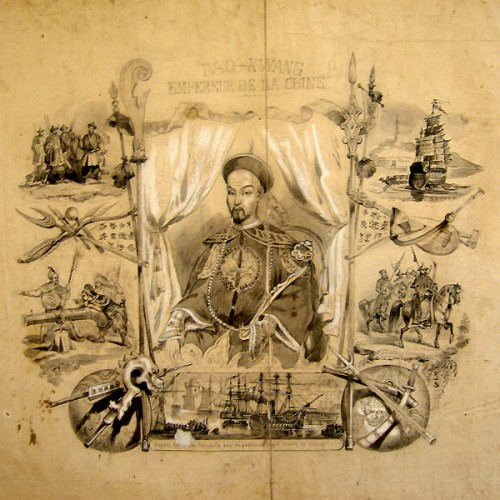
http://www.refletsdechine.com/langleterre-commerce-et-guerre-de-lopium-en-chine-1830-1842-22.html
In China, recreational use of this drug began in the 15th century, but was limited by its rarity and expense. Opium trade became more regular by the 17th century, when it was mixed with tobacco for smoking, and addiction was first recognized.Opium prohibition in China began in 1729, yet was followed by nearly two centuries of increasing opium use. China had a positive balance sheet in trading with the British, which led to a decrease of the British silver stocks. Therefore, the British tried to encourage Chinese opium use to enhance their balance, and they delivered it from Indian provinces under British control. In India, its cultivation, as well as the manufacture and traffic to China, were subject to the East India Company, as a strict monopoly of the British government. For supervising and managing the business, there was an extensive and complicated system of government agencies. A massive confiscation of opium by the Chinese emperor, who tried to stop the opium deliveries, led to two Opium Wars in 1839 and 1858, in which Britain suppressed China and traded opium all over the country. After 1860, opium use continued to increase with widespread domestic production in China, until more than 25% of the male population were regular consumers by 1905. Recreational or addictive opium use in other nations remained rare into the late 19th century, recorded by an ambivalent literature that sometimes praised the drug.
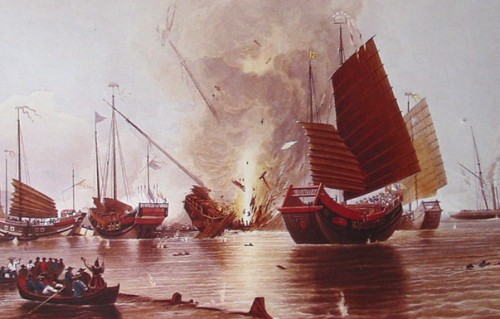
http://www.addictopedia.com/premiere_guerre_de_l_opium.php
Global regulation of opium began with the stigmatization of Chinese immigrants and opium dens in San Francisco, California, leading rapidly from town ordinances in the 1870s to the formation of the International Opium Commission in 1909. During this period, the portrayal of opium in literature became squalid and violent, British opium trade was largely supplanted by domestic Chinese production, purified morphine and heroin became widely available for injection, and patent medicines containing opiates reached a peak of popularity. Opium was prohibited in many countries during the early 20th century, leading to the modern pattern of opium production as a precursor for illegal recreational drugs or tightly regulated legal prescription drugs. Illicit opium production, now dominated by Afghanistan, was decimated in 2000, when production was banned by the Taliban, but has increased steadily since the fall of the Taliban in 2001 and over the course of the war in Afghanistan.
[...]
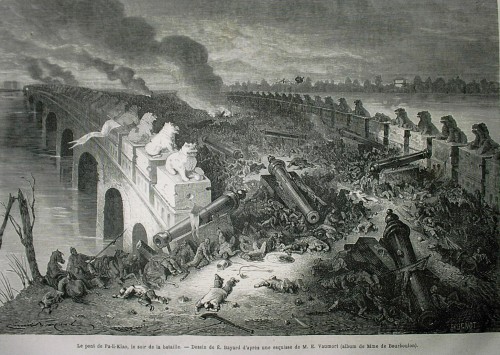
http://www.transasiart.com/voyageurs/voyageurs03/srs03dpa...
07:00 | Lien permanent | Commentaires (0) | Tags : pipe, tabac, fumer, opium, guerre
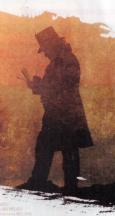
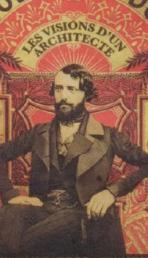



Les commentaires sont fermés.